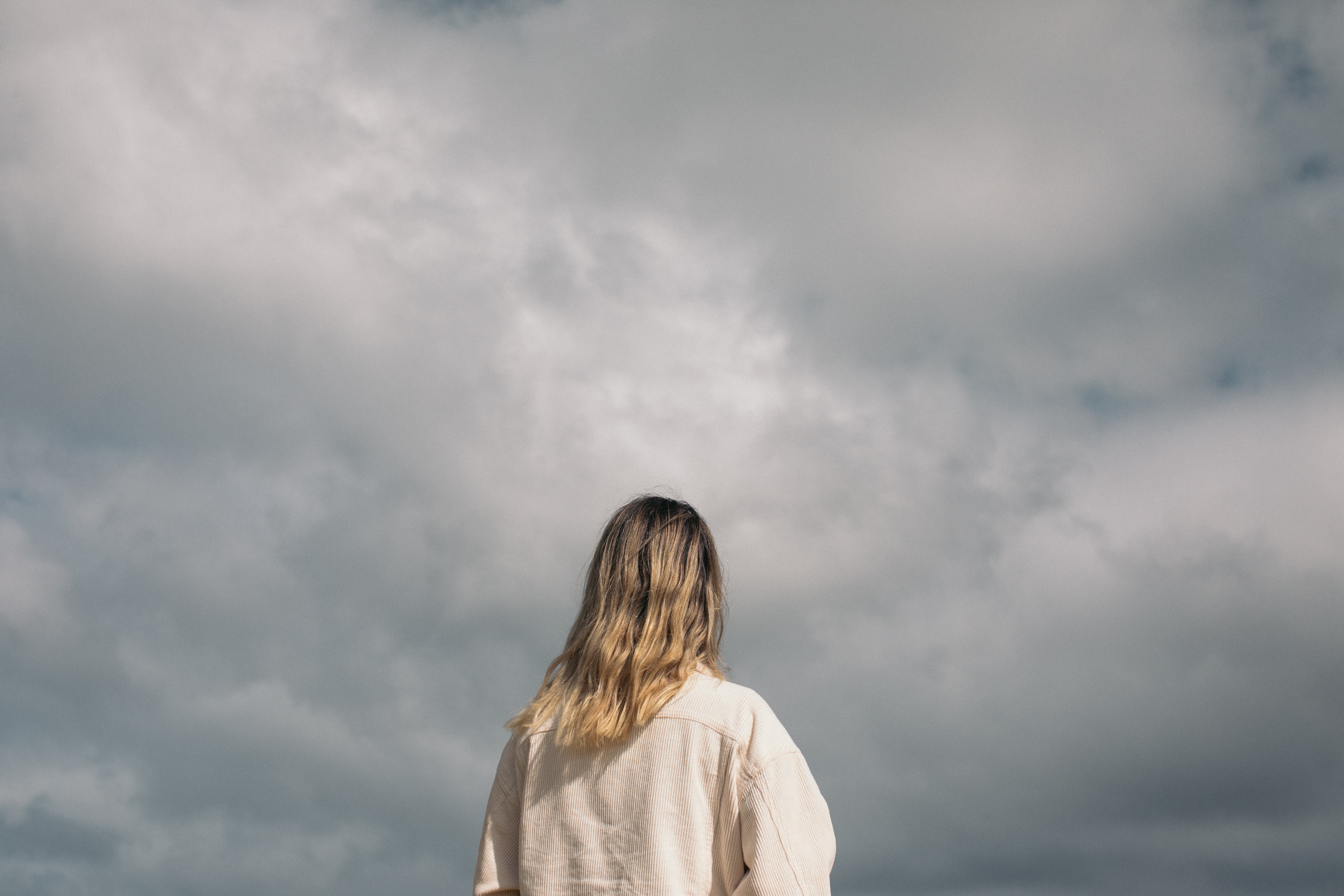As things get colder and days grow darker in Buffalo, you might start feeling a little blue. You aren’t the only one.
As things get colder and days grow darker in Buffalo, you might start feeling a little blue. You aren’t the only one.
WHAT IS SEASONAL AFFECTIVE DISORDER?
If you usually feel blue this time of year, you might be one of millions of people who suffer from Seasonal Affective Disorder (SAD). About 10% - 20% of people have some form of it, and it most commonly occurs in climates where there is less sunlight at certain times of year, like here in Buffalo.
Symptoms of SAD can include:
- A persistent low mood
- Hopelessness
- Fatigue & Lethargy
- Social withdrawal
- A craving for carbohydrates & weight gain
WHAT CAUSES SAD?
Though the exact cause of SAD is still not understood, we know it’s linked to the reduced exposure to sunlight on autumn and winter days. This lack of sunlight can affect:
The production of melatonin: Melatonin is a hormone that makes you feel tired. People with SAD may produce it at higher levels.
The production of serotonin: Serotonin is an important hormone that affects your mood. A lack of sunlight leads to lower serotonin levels which leads to feelings of depression.
The body’s circadian rhythm: Your body uses the sunlight to time out it’s important functions, like waking up and going to bed. The lower light levels may mess with your circadian rhythm and lead to symptoms of SAD.
WHAT CAN YOU DO TO TREAT SAD?
With SAD being so common, there are many ways you can treat your winter blues. As with any treatment, communicate with your doctor and figure out which of these might work best for you, your lifestyle, and the climate you live in.
- Get as much indoor daylight as possible
- Go outside as much as you can
- Get regular exercise
- Take vitamin D
- Use a light box or dawn simulator

